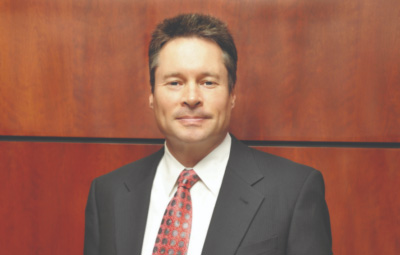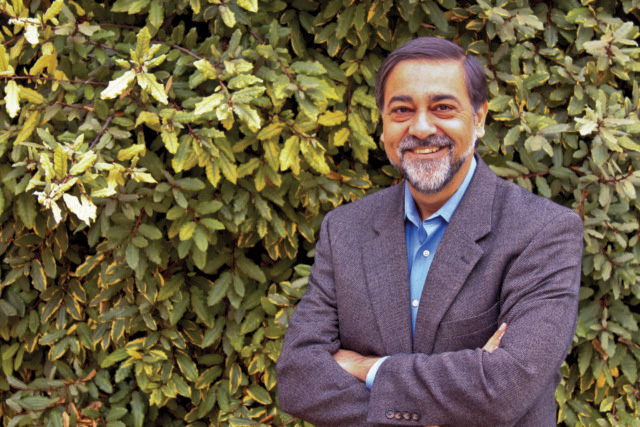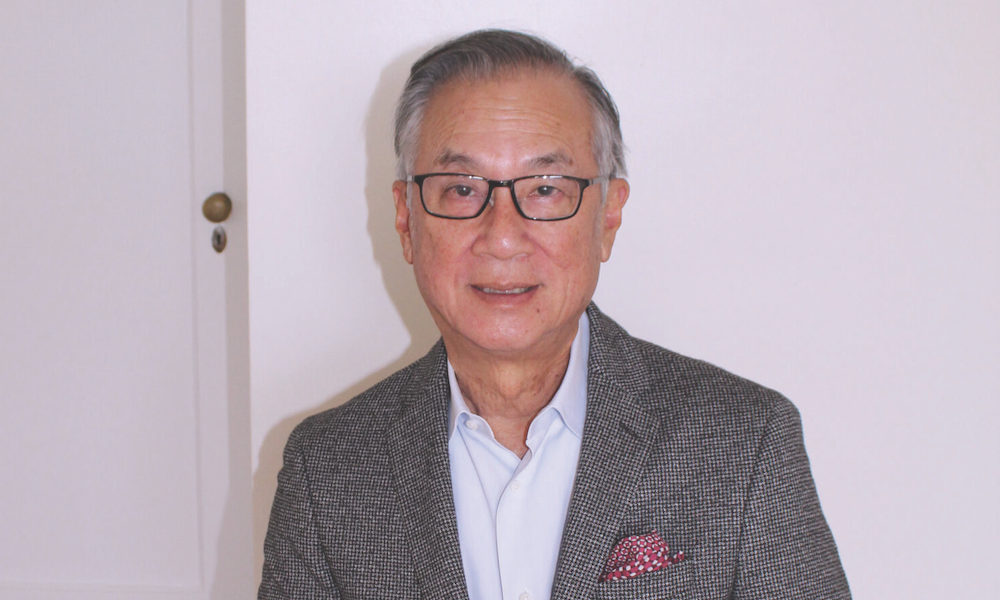Nowhere provides a better example of this quote than Silicon Valley, where I recently had the opportunity to facilitate an educational experience for a group of senior leaders from five companies. As the world continues to change rapidly and in unfamiliar ways, context matters more to business and to leaders today. One approach for widening our lens and experiencing context in a rich and compelling way is to immerse ourselves in the places that are shaping the future. The trip to Silicon Valley last month provided this group of top leaders with priceless insights. It is clear that Silicon Valley is a special place that is reinventing itself again and preparing to further disrupt the world. The trip, and our experiences, provided a glimpse of several issues around the corner to which leaders need to pay attention in their businesses – even though the origins of these “disruptive influences” derive from businesses very different to their own.Silicon Valley is a major hub for high-tech innovation and accounts for one-third of all of the venture capital investment in the US. Long known as home to many of the world’s largest technology companies and start-ups, we set out to get a glimpse of what a sample of organizations are working on and what really makes the dynamic of the peninsula’s high-tech ecosystem continue to be so influential.The first visits included institutions that, by their very mission, are vested in both studying the future and enabling others to participate actively in its creation: for example, The Institute of the Future, Singularity University and the Design School at Stanford University.
The second group included large, well-established companies that have chosen to invest in state-of-the-art R&D facilities to help them and their customers gain early insights into how technology is fast changing the world as we know it. This group included Google, AT&T’s Foundry and LinkedIn, with its vision for shaping the future of professional connectivity and talent management.
The third group comprised start-up and early stage companies that had secured funding and were engaged in creating truly disruptive innovations with the potential to change many aspects of our businesses. This included Carbon 3D and Authentise, which are revolutionizing 3D printing in ways that will radically alter supply chains. We learned from TechShop – democratizing the tools of innovation and turning the maker movement into a significant open-source of R&D for companies; GenZe – developing highly efficient and fun electrical vehicles that will solve the problem of urban mobility; and Scanadu – developing a suite of consumer medical products and diagnostics to empower us to monitor our health anywhere and anytime, direct from our phones, upending the current practices in medical diagnostics.
All of these organizations, regardless of size and technologies, and whether start-ups or household names, have one thing in common – they benefit from the Valley’s ecosystem of intense intellect, capital and pioneering energy. Everyone realizes they are part of something much larger and it is the community that creates the space for each of them to be symbiotic and ultimately attract so many of us.
For me, the experience brought to the fore what it means to live and lead in the most innovative period in human history. It does matter from where leaders are seeking insights and ideas, and, even more importantly, figuring out how to connect to the intellectual and social energy that drives disruptive innovation. While Wall Street may place industries neatly into verticals to measure performance and peers, the most disruptive forces will most likely come from outside these boundaries. We need to widen our lens and become comfortable searching for the dangers and opportunities in new places. Last month, we had the opportunity to live this first hand in Silicon Valley. It is the immersive experience in this special and unique context that brings it all together in one place and, we hope, has rubbed off a bit on all of us.
An adapted version of this article appeared on the Dialogue Review website.



